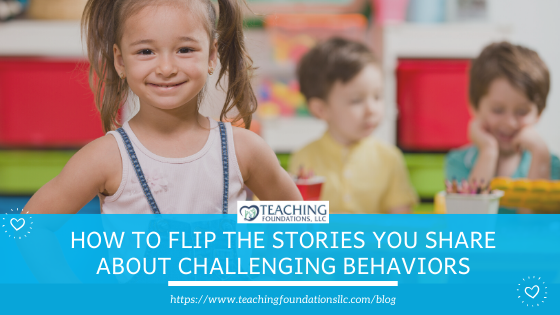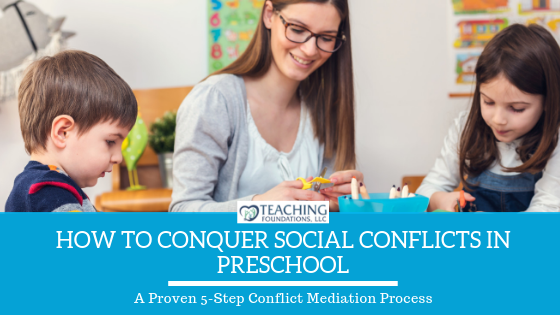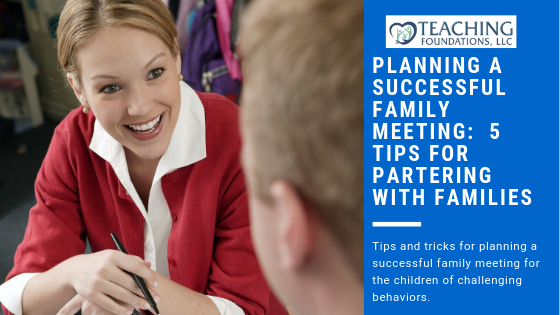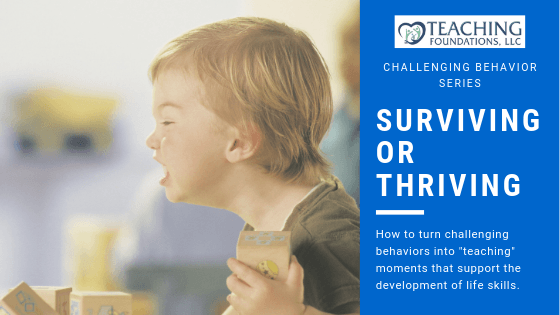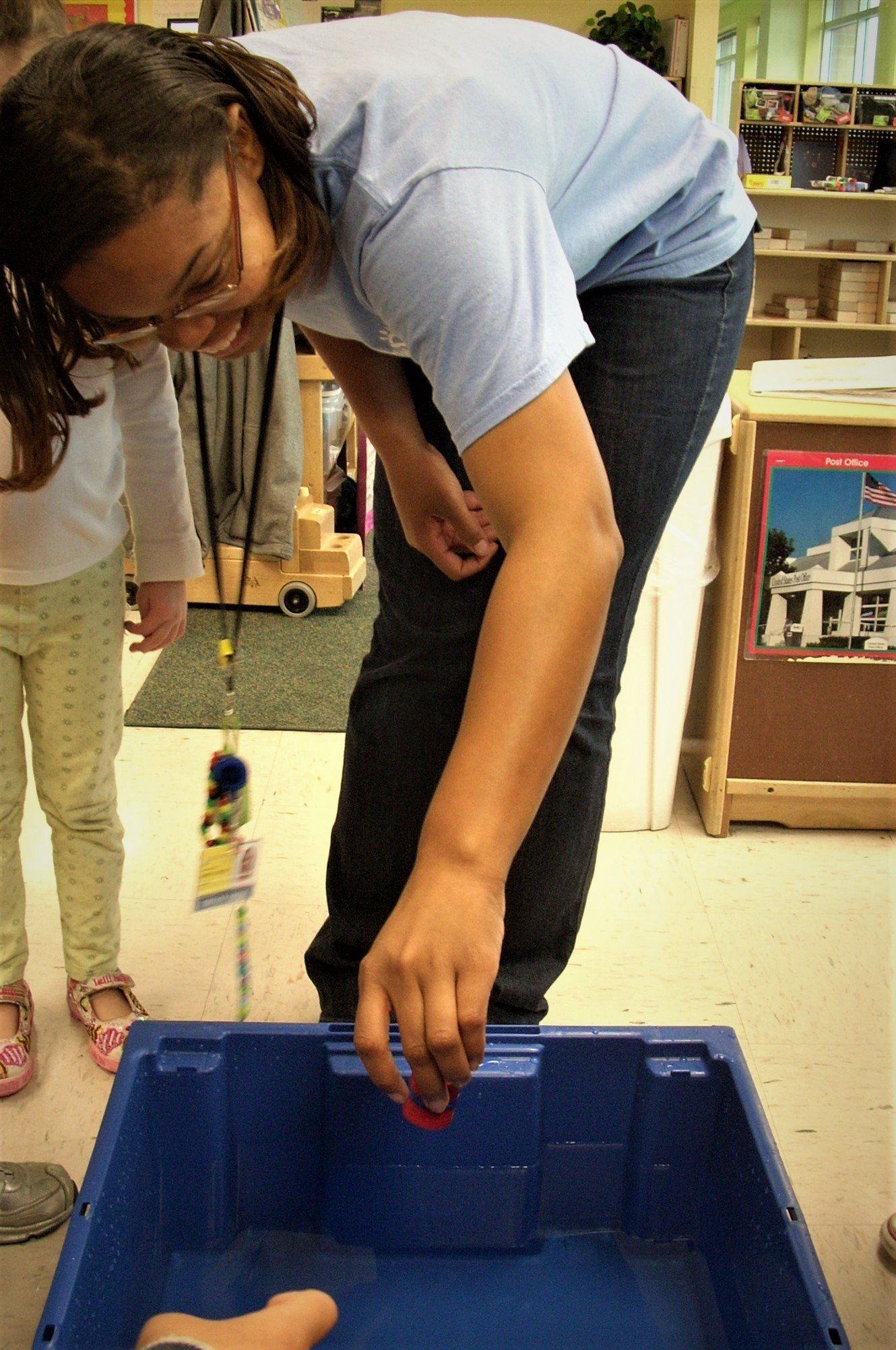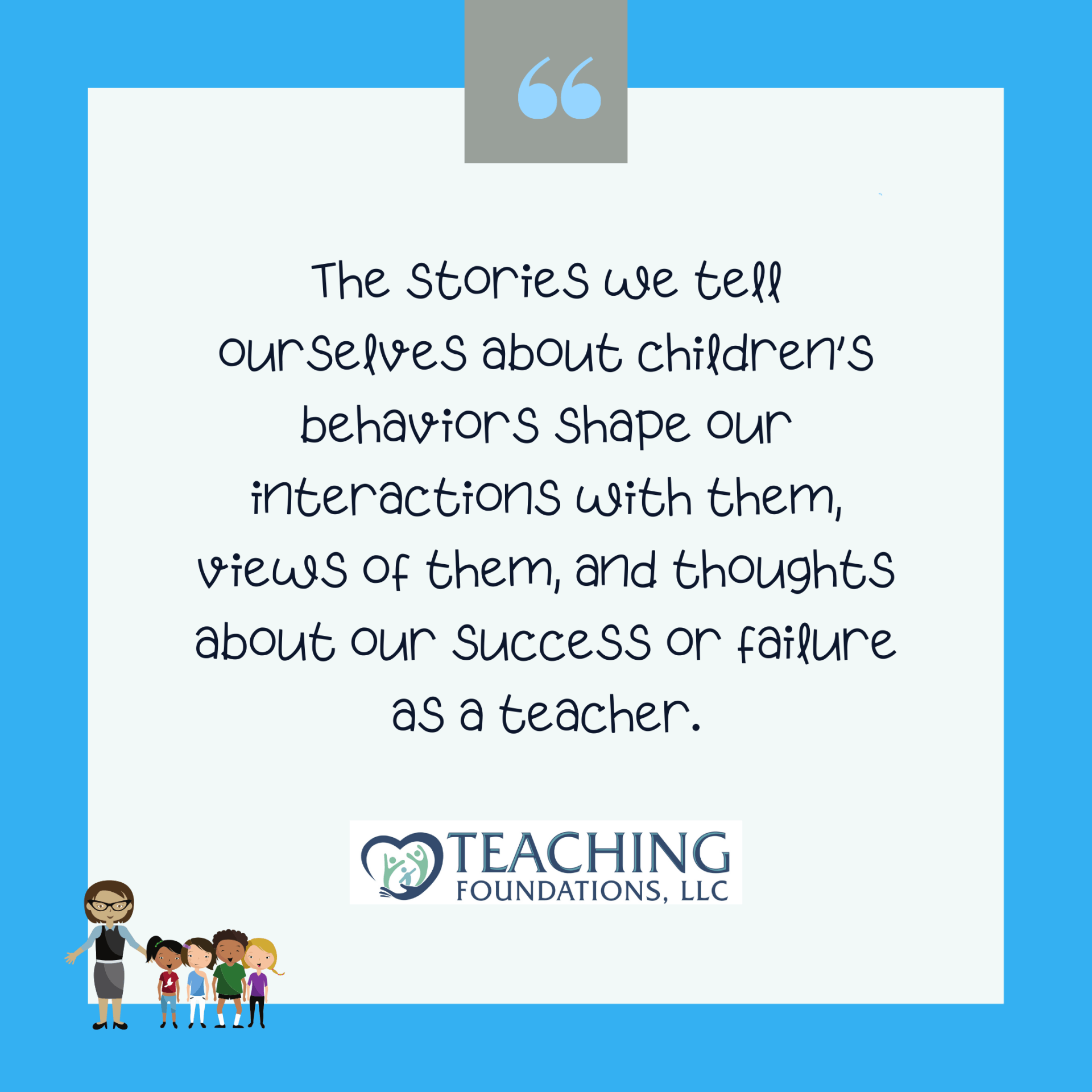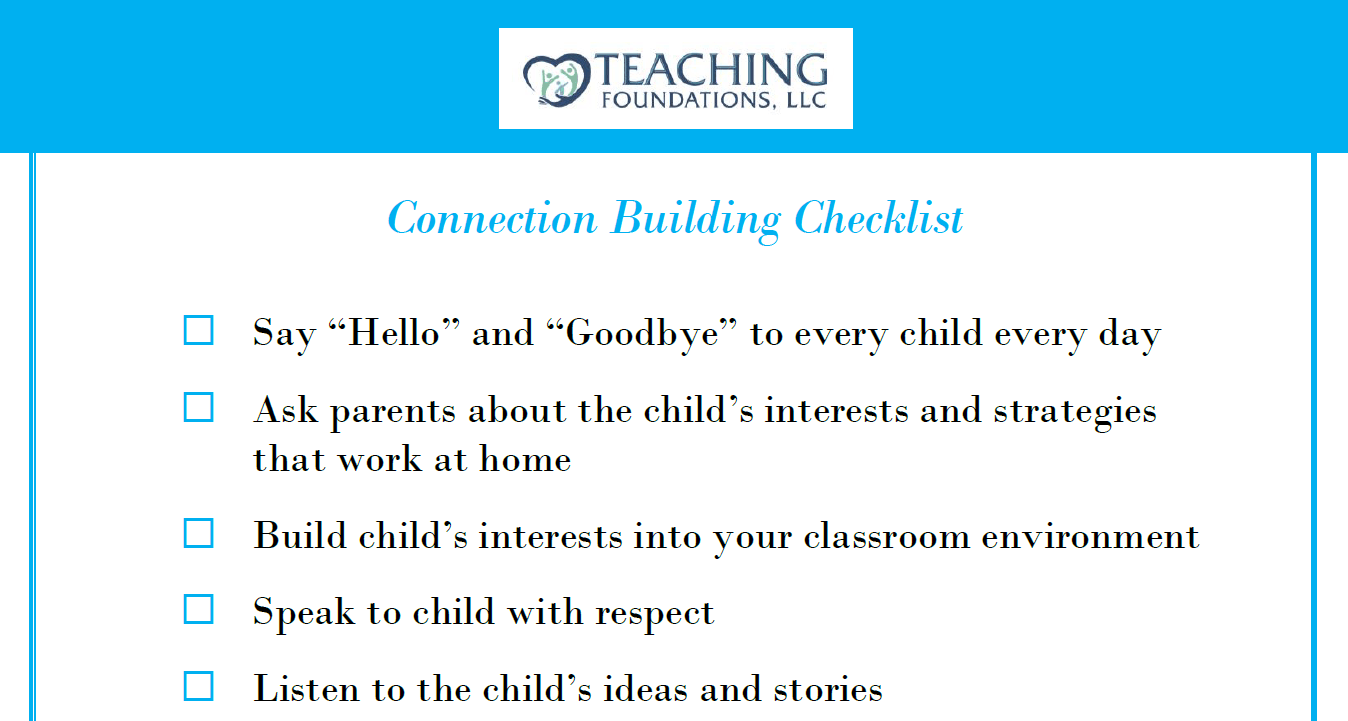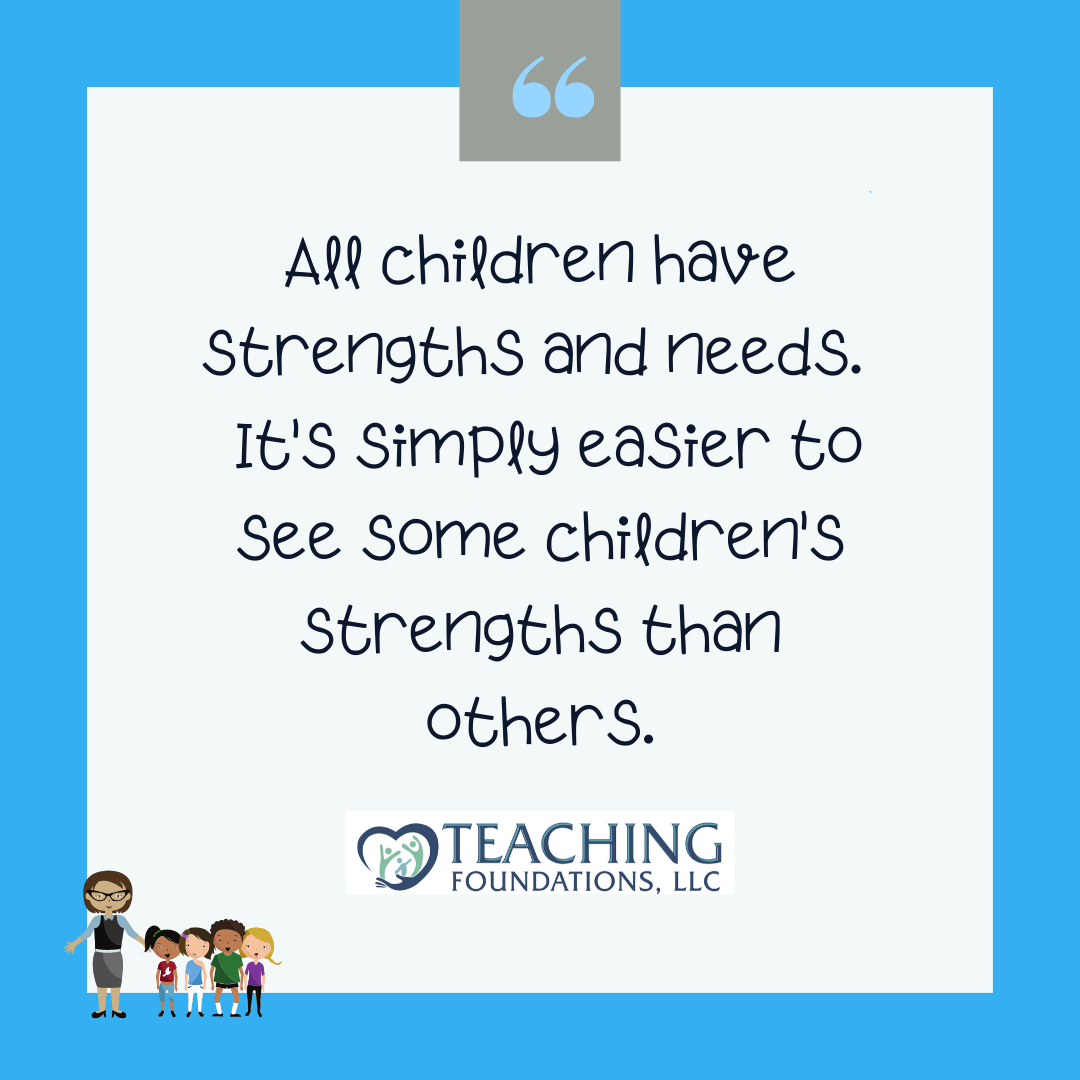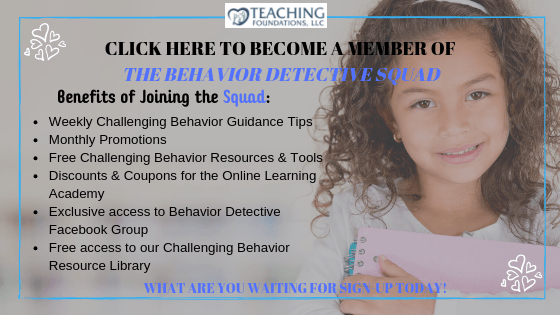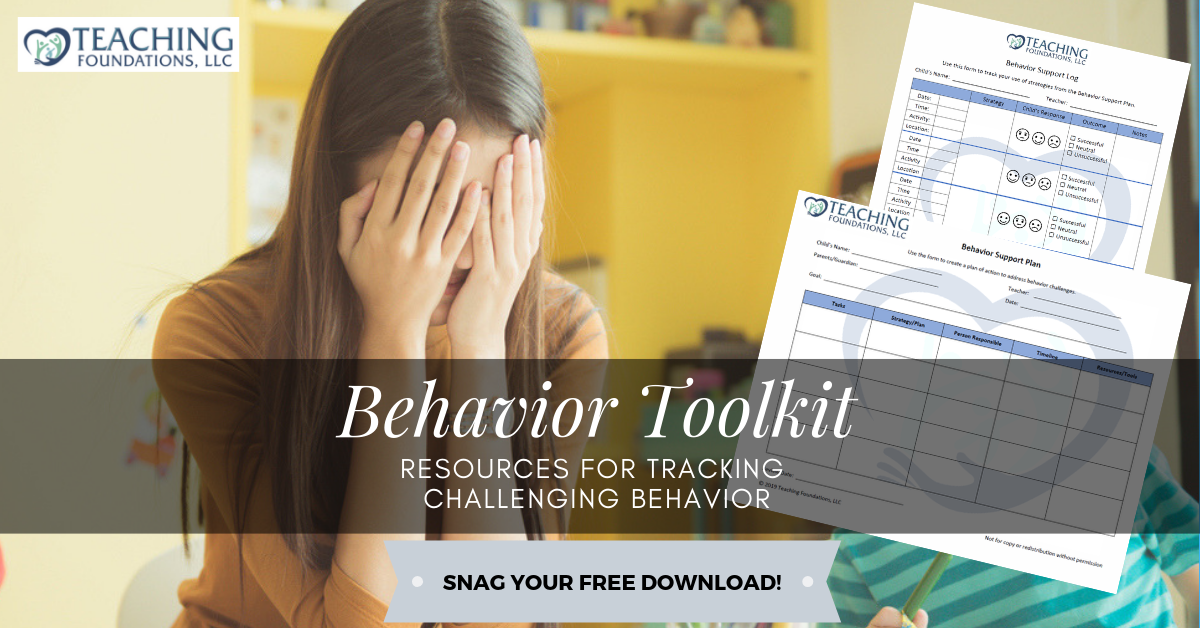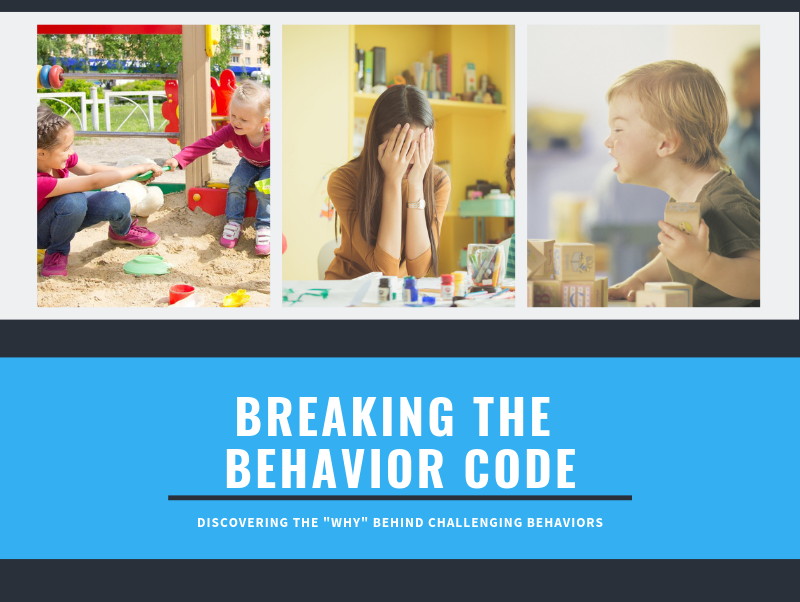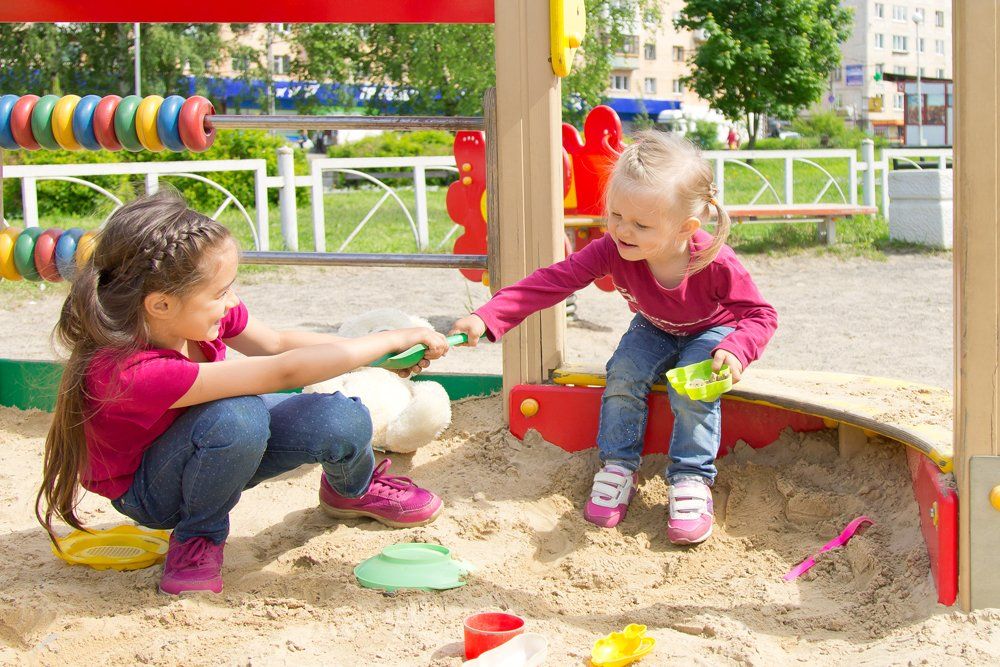Why is it that the children who need our love and support the most are the last ones to receive it? I have asked myself this question many times. It is something that drives my work and passion for children with challenging behaviors. This question has also led me to many obvious conclusions – we don’t know how to support them, their needs are hard to address in a group setting, and what about the others (aren’t they losing out)? This question is at the center of many conversations related to supporting children with challenging behaviors. You hear about it when advocates discuss the importance of social skills on later
success in school and life. My exploration of the question has led me to a possible answer that has yet to be considered.
Could it be the "stories" we tell ourselves about children's behaviors?
When I started teaching, this is exactly what I expected – happy children, ready to do what Ms. Tiffany said. Instead, I got a different reality. I was a Twos teacher in a classroom with 12 children, 9 boys and 3 girls. And the boys were active – climbing on furniture, hitting, wrestling, and running EVERYWHERE. What happened to my “happy” children? Where did they go? I can’t tell you how many times I came home crying and ready to find another job. Can you relate?
Think about a child in your class who has challenging behaviors. Review notes you have written about their behaviors, reflect on conversations you have about them with other teachers, even write a description of something that happened last week. What do you see in the words you use to describe the behavior? Does the story that you tell include any positive comments, things that make you smile, or the child’s strengths and interests?
I know what you’re asking, “Why does this matter?” It matters because the words we use to describe a child's behaviors determines how we “see” their behavior, how we work with parents to find solutions, and most importantly how we interact with the child. If you talk about the child using positive and specific words to describe their actions, you see the child’s behavior as communicating a need and thus approach the challenging behavior from a perspective of “teaching”. In contrast, using words with negative meanings, such as aggressive, mean, defiant, bully, etc., lead to you seeing the child as a problem who needs to be fixed or punished. My point is the difference in how you respond to challenging behaviors is directly related to the words you use to describe what happened. This highlights the importance of recognizing the unconscious stories we tell ourselves about children’s behaviors. When we do this, we can “flip” the story and open our minds to the “see” the whole child, both their strengths and their struggles.
So, the question becomes how do we “flip” the stories we tell ourselves, so that we can change how we see and interact with the child with challenging behaviors?
Here is a list of 5 strategies that have worked for me:
Play with the child when they are engaging in positive behaviors.
The thing I have noticed when working with
children with challenging behaviors is that we tend to “take a break” from the
child when they are not engaging in challenging behaviors.
Responding to the challenging behaviors requires so much attention and energy that when the child is cooperatively following routines, we use
that time to do the other things we don’t get to do while the challenging behavior
is present.
However, this “break” sends
an unintended message to the child:
"If you want my attention, engage in
challenging behaviors and I will come."
To break this cycle, I follow the 2 minutes
for 10 consecutive days
strategy to build a stronger relationship with the
child with challenging behaviors.
When
the children is meeting expectations, I walk over and spend 2 minutes talking
with them about what they are doing, listening to a story they have to tell,
dancing to music, whatever.
It is all
about spending time with them doing something positive.
You will learn a lot about the child as well,
including interests, strengths, and what is happening at home.
All of this is information you can use to
help support them when they are struggling later.
If anything, it helps you build the know, trust,
and like
factor into your relationship that is so vital to getting the child to
want to follow your guidance.
Talk about the child's strengths more than their challenges.
What you talk about is what you notice. When working with children with challenging behaviors, it’s easy to focus on their challenges and miss their strengths. Jeanine Fitzgerald in her book entitled
The Dance of Interaction: Discovering the Hero Within Every Child
writes about how every child is born with a special talent waiting to bloom. I believe this to be true as well. The challenge for us as teachers is to begin to talk about the strengths of children with challenging behaviors as much as we talk about their struggles. In
this article, I discussed the importance of leading conversations about challenging behaviors from a strength-based perspective. When you do this, you talk about the child’s interests, times of day when they are successful, favorite activities, supports for helping the child manage triggers, and celebrate each child’s baby steps along the way. This allows us to see the child as a “seedling” who needs water to begin to sprout, rather than as a burden that is taking something away from the other children.
Describe the child's behavior using objective language.
To help myself clearly describe the specifics of a challenging behavior, I ask myself the following question:
“What makes me think.....?"
When you ask yourself this question, it makes you focus on what the child actually did. The actions and statements that lead you to conclude a child was defiant, aggressive, or mean. It gets you back to the actual behavior and focuses your attention on what actually happened versus your interpretations about what happened.
The next time you experience a challenging behavior, I challenge you to write what happened on our
anecdotal record form, which you can accesshere. After you have finished writing, go back and ask yourself “What makes me think this” anytime you described what happened using non-specific language or details. Comment below the differences you see when you describe the behavior using this question as a guide.
Use the word "can't" instead of "won't"
These are two small words with powerful
meanings.
Some people will say that the
meanings of these two words are similar, but I challenge that they are not.
In fact, the use of these words can directly
impact how you respond to a child’s behavior because they have two very
distinct meanings.
“Won’t” means will
not.
This means that a child can do
something, but chooses not to do it.
For
example, “Sarah won’t talk” means Sarah has the ability to talk, but is
choosing not to talk at the moment.
When
you describe children’s behaviors be saying they won’t do something, you are telling
yourself that they have the ability to do it, but are choosing not to do
it.
The child is being uncooperative,
stubborn, or shall I say defiant.
However, children usually have challenging behaviors because there is a
social or emotional skill that they have not yet learned.
This means that they are not having tantrums because they won’t “control their emotions”, but because they can’t
control their emotions.
By
saying they can’t, you are helping yourself to identify the child’s learning need. This simple change in wording starts the process of responding to challenging behaviors with a lens toward
“teaching”.
Identify the missing social skills in the challenging behavior.
In
this article, we discuss the three questions every preschool teacher needs to ask when addressing challenging behaviors. The second question is
“what does the child need to learn?” When we ask ourselves this question, we focus our attention on what the child needs to learn in order to meet our expectations.
For example, I ask,
“What does Jacob need to learn?” to not hit his peers during while playing in blocks. Depending on the information I have gathered from
tracking
of his behavior, this answer will be different for different children. This is why it’s important to build relationships with each child and get to know their unique strengths, skills, and triggers when planning behavior supports for them. The first step toward targeting our supports to reasons driving the behavior is knowing the social-emotional skills each child needs to learn to engage in prosocial behavior.
I would love to hear your thoughts on this article, specifically how you think the stories we tell ourselves impact our interactions with children with challenging behaviors.
Comment your thoughts, insights, or questions below. Let’s start this very important discussion today.
